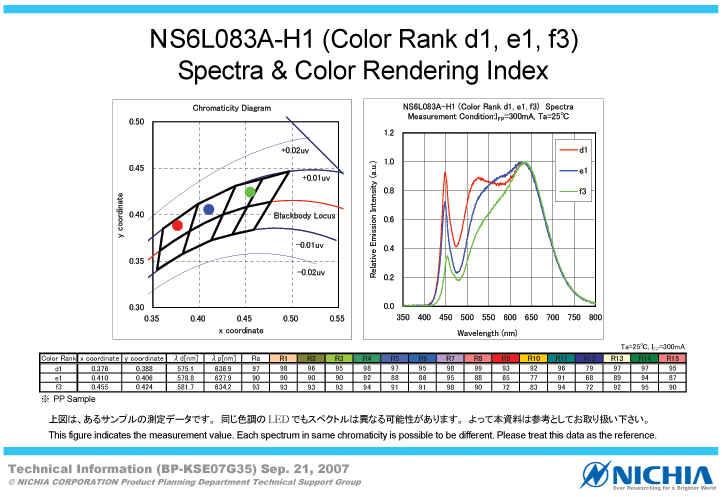Icebreak
Flashlight Enthusiast
Erasmus -
I haven't seen a spectrum chart on Cree WW but I've seen one for a Luxeion IV WW. It had a much smaller blue spike than most white LEDs.
I can't tell a alot from the photos other than it looks nice. Next time you do shots would you consider something like strawberries or roses? Anyway you seem to like it and your perspective is important.
Like the unit quite a bit. I wouldn't mind having several of them.
mejesster -
Most development for better CRI in LEDs shy away from filters. I saw an LED lantern at Academy Sports with an amber filter. My rough caveman experiments have shown it doesn't work well. This is because most white LEDs have a blue spike, a cyan dip and weak red. Filters are subtractive so they won't create color that's needed.
Krisp -
Interesting combination. As you know several folks have tried different combinations but I've never heard of yours. Somebody, I think Milky, built one for somebody using a P7 and R/O. I'd like to see that one too. I saw a strange one on Craig's LED Museum site that had a cyan with a with a white. Spectra looked like a mountain with no blue spike. It looked symetric.
Photos of strawberries and flowers would help to see what your light really looked like but again, perspective counts a lot and if you like it it's probably a good CRI beam.
I haven't seen a spectrum chart on Cree WW but I've seen one for a Luxeion IV WW. It had a much smaller blue spike than most white LEDs.
I can't tell a alot from the photos other than it looks nice. Next time you do shots would you consider something like strawberries or roses? Anyway you seem to like it and your perspective is important.
Like the unit quite a bit. I wouldn't mind having several of them.
mejesster -
Most development for better CRI in LEDs shy away from filters. I saw an LED lantern at Academy Sports with an amber filter. My rough caveman experiments have shown it doesn't work well. This is because most white LEDs have a blue spike, a cyan dip and weak red. Filters are subtractive so they won't create color that's needed.
Krisp -
Interesting combination. As you know several folks have tried different combinations but I've never heard of yours. Somebody, I think Milky, built one for somebody using a P7 and R/O. I'd like to see that one too. I saw a strange one on Craig's LED Museum site that had a cyan with a with a white. Spectra looked like a mountain with no blue spike. It looked symetric.
Photos of strawberries and flowers would help to see what your light really looked like but again, perspective counts a lot and if you like it it's probably a good CRI beam.


